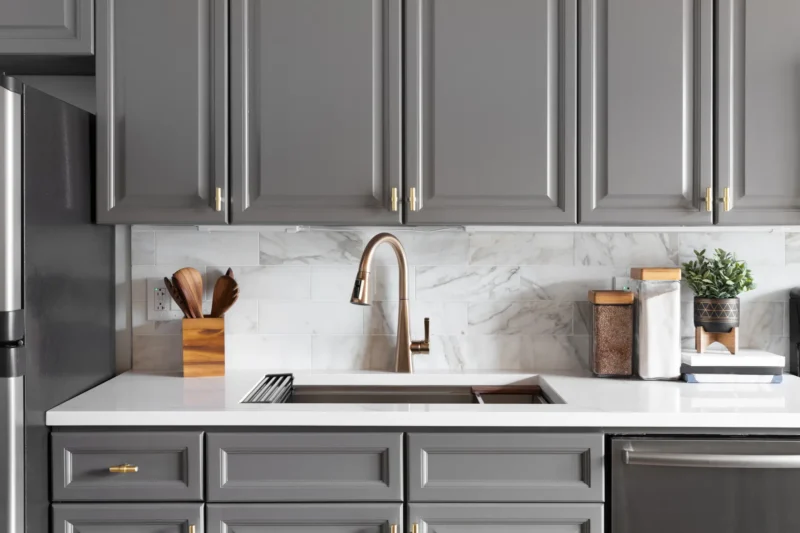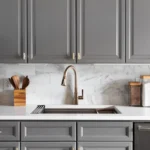Marble countertops have long been prized for their elegant beauty and unique style. But such bespoke beauty comes at a price. As a premium material, marble sits at the high end for countertop costs. If installing new marble countertops is part of your upcoming kitchen or bath remodel, be prepared for some sticker shock. However, understanding what impacts the price and planning properly means you can make room in your remodel budget to enjoy these gorgeous natural stone surfaces.
Material and Installation Costs
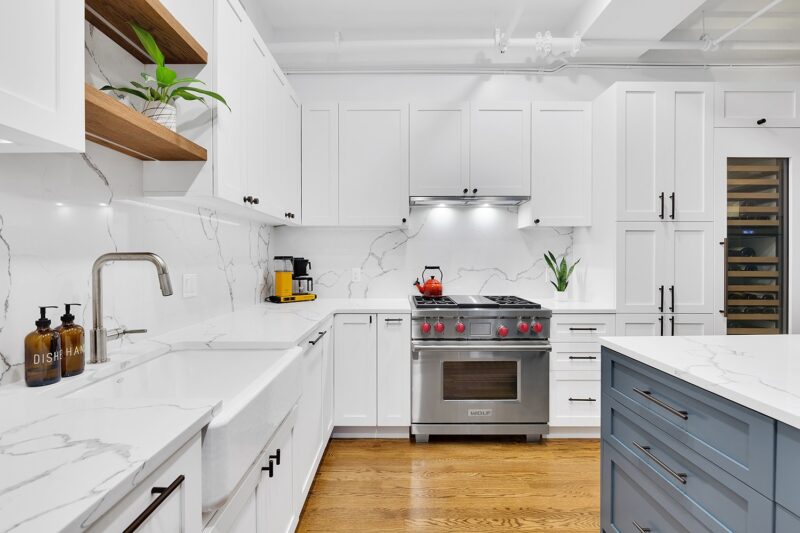
The price of marble ranges widely depending on the stone’s quality, rarity, thickness, finish, and other factors. On average, material costs for marble countertops run $80-$200 per square foot. But rare designer varieties can run over $300/square foot. Those preferring a polished finish generally pay 10-15% more compared to a honed finish. Besides the onyx itself, professional fabrication and installation is required. Most shops charge separately for this service, which averages $70-$150 per square foot, depending on complexity.
According to the experts at Bedrock Quartz, no two slabs of marble have quite the same color patterns and veining, making each piece totally unique. This is why marble’s beauty comes with a heavy price tag, alternatives do exist to fit different budgets. Granite, quartz, or soapstone can provide some of marble’s visual appeal for significantly less. But no other material quite matches onyx’s timeless elegance. For those set on enjoying this opulent stone in their home, carefully planning the project budget provides peace of mind.
Calculating Costs for Your Project
When budgeting a kitchen, bathroom or other remodel involving marble countertops, accurately measuring the required surface area is essential. Measure counter areas needing onyx down to 1⁄4 inch. Multiply length times width to get the square footage of each section needing replacement. Do not forget to include sections needing backsplashes and any specialty areas like kitchen islands.
Add up the total square footage needing marble and multiply by the estimated rate of $250 per square foot described above. This provides the estimated onyx and installation cost. If selecting a rare designer marble above $100 per square foot or wanting intricate edge profiles, adjust upwards accordingly. Be sure to account for 10% extra to cover unforeseen issues cropping up mid-project. No budget should be without contingency padding.
With an accurate project cost estimate in hand for the onyx components, turn attention to other parts of the remodel. New cabinets, sinks, faucets and flooring each impact on the budget significantly too. Be prepared to cut back expectations or expand the budget to account for new kitchen or bathroom elements beyond just the countertops.
Finding Savings Opportunities
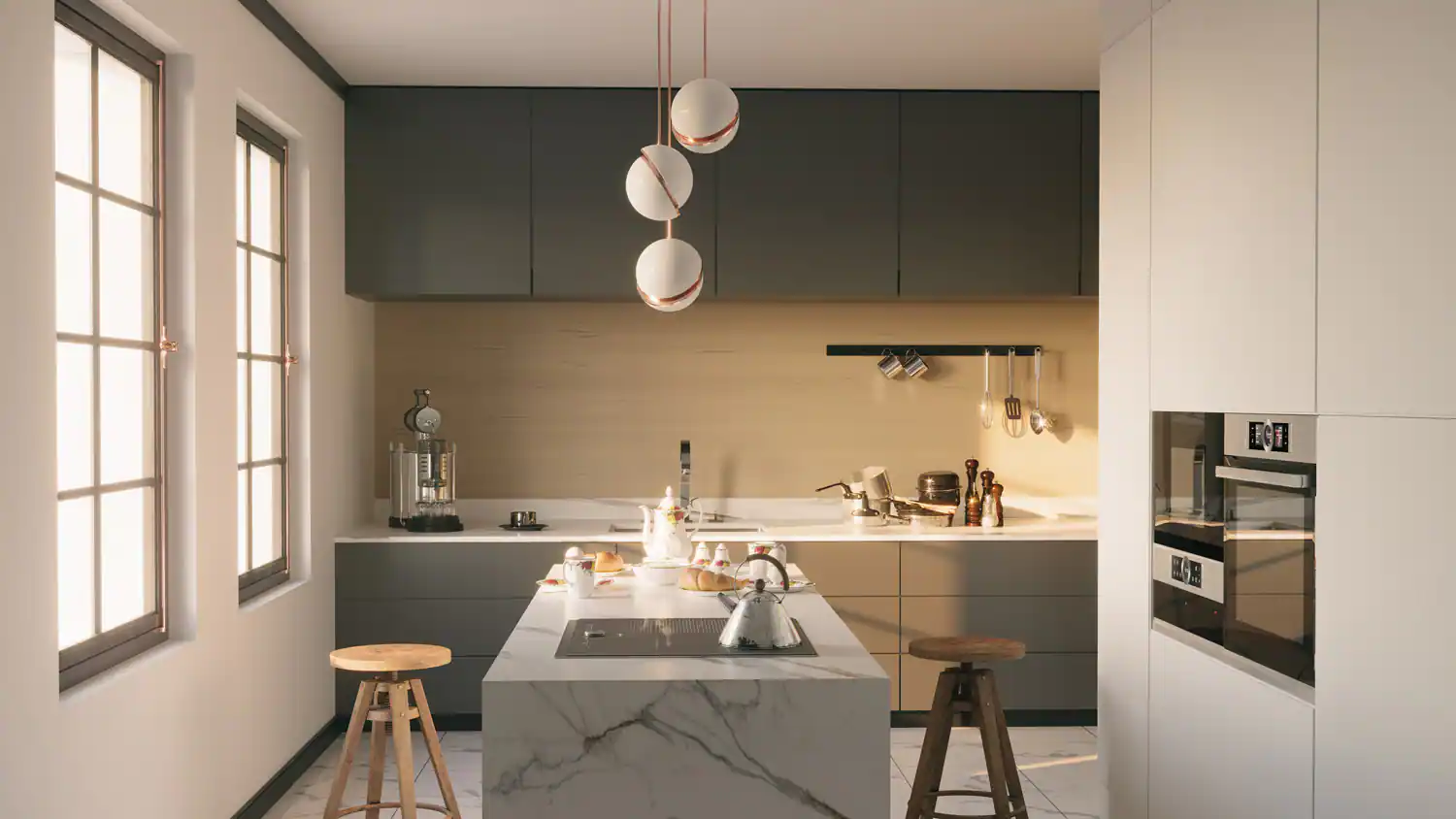
For homeowners set on enjoying marble’s timeless elegance but struggling with the costs, a few options exist to pare down the budget. Choosing onyx remnant for smaller projects saves significantly compared to buying an entire slab. Marble importers and stone yards sell leftover scraps from past jobs at steep discounts. Just take measurements to ensure enough surface area exists on remnant pieces to complete your project.
Choosing a mirrored stain finish backsplash boosts visual appeal while utilizing less marble compared to traditional backsplashes. Mirrored stain finishes surround a color matched marble insert with wall sconces reflecting off mirrored panels. This tricks the eye into seeing a large onyx surface, while in reality saving major square footage. It does require precise planning and measurements, though.
Durability and Longevity
Marble countertops, while undeniably elegant, present a mixed bag in terms of durability and longevity. Known for its natural beauty, onyx is more porous and softer compared to alternatives like granite or quartz, making it more susceptible to staining, scratching, and etching from acidic substances. Daily use, especially in high-traffic kitchen areas, can lead to visible wear over time. However, with proper sealing and maintenance, marble can withstand daily activities reasonably well. Its impact resistance is lower than that of engineered stones, meaning heavy objects dropped on onyx could lead to chips or cracks. Despite these vulnerabilities, marble has been used for centuries in various applications, attesting to its ability to endure when cared for properly.
Aesthetic Considerations
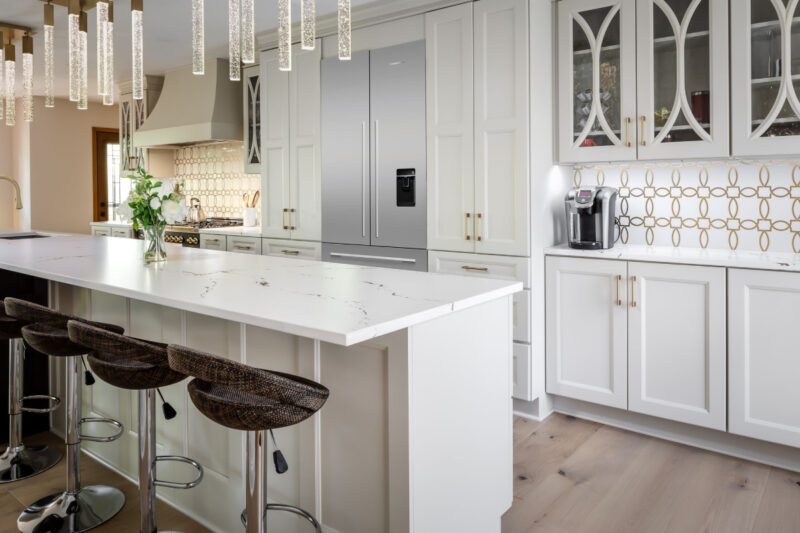
The aesthetic appeal of marble countertops is unparalleled, offering a timeless elegance that can significantly enhance the visual appeal of any kitchen or bathroom. Each slab of onyx is unique, with veining and color variations that add character and luxury to interior spaces. Marble’s ability to complement a wide range of design styles, from classic to contemporary, makes it a versatile choice for homeowners. The variety of onyx types and finishes available allows for customization according to personal taste and design needs, enabling designers and homeowners to create distinctive and inviting spaces.
Environmental Impact
The extraction, processing, and transportation of marble have considerable environmental impacts. Quarrying marble is energy-intensive and can lead to landscape alteration and habitat destruction. The processing of onyx into countertops requires significant amounts of water and energy, contributing to its carbon footprint. Transportation of marble, often over long distances, further adds to its environmental impact. However, the longevity of marble, when properly maintained, can mitigate some of these concerns. Homeowners looking for more eco-friendly alternatives might consider materials with lower environmental impacts or those sourced from local suppliers to reduce transportation emissions.
Health and Safety
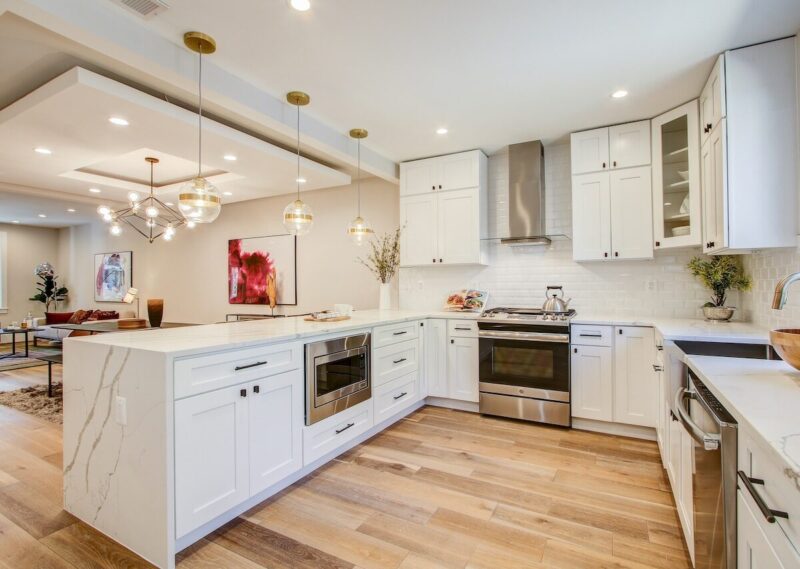
Health and safety concerns with onyx countertops primarily revolve around their porosity, which can harbor bacteria and other pathogens if not sealed correctly. Regular sealing and proper hygiene practices are essential to prevent bacterial growth. During fabrication and installation, exposure to crystalline silica dust is a concern, necessitating appropriate safety measures to protect workers. Homeowners should ensure that fabricators follow safe practices to minimize exposure to harmful chemicals. Despite these concerns, marble can be a safe and hygienic choice for countertops with the right precautions.
Resale Value
Marble countertops can positively impact the resale value of a home, often viewed by potential buyers as a premium feature that signifies luxury and quality. While the initial investment in marble may be higher than some alternative materials, its timeless appeal and the perception of luxury can make properties more desirable, potentially leading to a higher resale value. However, the condition of the onyx at the time of sale and current market trends can influence whether the investment in marble countertops offers a significant return.
Alternative Materials
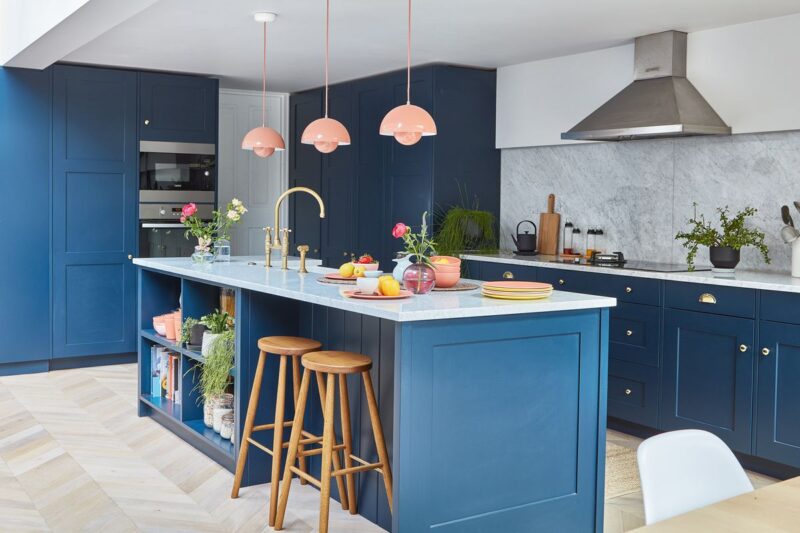
For those considering alternatives to onyx, materials such as quartz, granite, and engineered stone offer different benefits. Quartz and engineered stones provide superior durability and lower maintenance requirements, with a non-porous surface that resists staining and bacterial growth. Granite, while requiring sealing like marble, offers greater scratch and heat resistance. These alternatives come in a wide range of colors and patterns, some mimicking the look of onyx without its maintenance demands. Cost considerations vary, with some alternatives being more budget-friendly than onyx, making them suitable for a wide range of design preferences and lifestyle needs.
Conclusion
While marble’s rarity and bespoke nature prevents true budget installations, a few concessions in finish and thickness along with remnant use can slash thousands off costs. With smart planning and strategic material use, even luxury countertops lie within reach.

